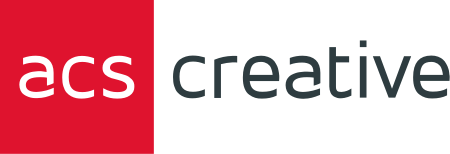Too Many Hands on the Homepage: Why Website Management Needs Structure
A New Site Deserves a Thoughtful Plan
Launching a new website is an exciting milestone. It’s a fresh digital face for your brand, a smarter tool for your business, and a big step forward in how you communicate with the world. But what happens the day after launch? Or the month after? Or six months down the line?
That’s where things can get tricky. A beautiful, functional website doesn’t stay that way on its own. Content needs to evolve. Plugins and platforms need updates. Security protocols need maintenance. Without a clear process—and the right people in place—even the best-built site can start to show cracks. What your website needs after launch isn’t just attention. It needs structure.
The Problem With “Whoever Has Time”
All too often, companies fall into the habit of letting anyone with login access make updates to the site. Maybe it’s someone from marketing one week, an IT team member the next, and the office manager after that. At first, this may seem harmless, even efficient. But over time, this lack of consistency becomes a liability.
When no one owns the process, mistakes slip in. Plugins get updated without checking compatibility. Edits are made directly on live pages without backups. Style inconsistencies pile up. Pages load slowly. SEO gets overlooked. The result is a site that begins to look—and perform—like no one’s really in charge.
And when something breaks, no one’s entirely sure what was changed, when, or by whom.
Why Designating Ownership Matters
Having a clearly identified individual or team responsible for website maintenance is about more than task delegation. It’s about accountability, consistency, and long-term performance. With a dedicated steward of your website—someone who understands both its architecture and its purpose—small problems are spotted early, updates are handled methodically, and the brand remains visually and technically cohesive.
This person or team doesn’t have to do all the work themselves, but they do need to own the process. That includes maintaining documentation, knowing when and how to escalate technical issues, and understanding what’s safe to update and what should be reviewed first. It’s not about locking the site down—it’s about managing it with care.
The Role of an SOP in Preventing Chaos
A Standard Operating Procedure (SOP) for website management isn’t just helpful—it’s critical. When it’s clear how updates are handled, when backups are run, which plugins are approved, and how content changes should be reviewed, your site runs like a well-oiled machine.
SOPs reduce guesswork. They protect your investment. They provide a roadmap when staff changes or roles shift. And most importantly, they give your team confidence to make improvements without fear of unintended consequences.
At ACS Creative, we encourage every client to treat their new website not as a “set it and forget it” product, but as a dynamic tool that works best with a little structure behind the scenes.
Maintaining Momentum (Without the Mayhem)
The excitement of a new website often creates a flurry of activity. New blog posts go up. Landing pages are added. Team bios get refreshed. But without a plan, that momentum fades—and updates become sporadic, reactionary, or inconsistent.
When one person updates an image without resizing it properly, and another adds content without using proper formatting, your site’s performance and appearance take a hit. These are small things individually, but over time they add up to a user experience that feels disjointed and a site that becomes harder to manage.
By centralizing oversight and following a documented plan, you keep the energy going while maintaining the polish your visitors expect.
Your Website Deserves a Steward, Not a Crowd
Think of your website as a vital part of your business infrastructure. You wouldn’t give just anyone access to your financial software or customer database without clear protocols. The same level of intention needs to apply to your digital presence.
Whether your site is a marketing powerhouse, an e-commerce platform, or simply your company’s public face, it’s worth protecting—and optimizing—through structure. When the right person or team is in place, supported by a solid SOP, you’ll get more value, better results, and fewer surprises.

